Une plateforme de digital learning unique qui met l’humain au cœur de vos formations
Un LMS collaboratif et social pour concevoir, dispenser et piloter vos formations digitales.
Construisez des parcours de formation personnalisés
Importez ou créez vos formations en quelques minutes
Apolearn intègre un outil auteur aussi performant que facile à prendre en main pour que votre métier reste la pédagogie. Créez des parcours 100% distanciels, blended ou mobile learning ou importez vos contenus existants quel que soit le format.
Pour gagner du temps, appuyez-vous sur les fonctionnalités collaboratives de la plateforme pour co-construire et mutualiser la production de vos formations.
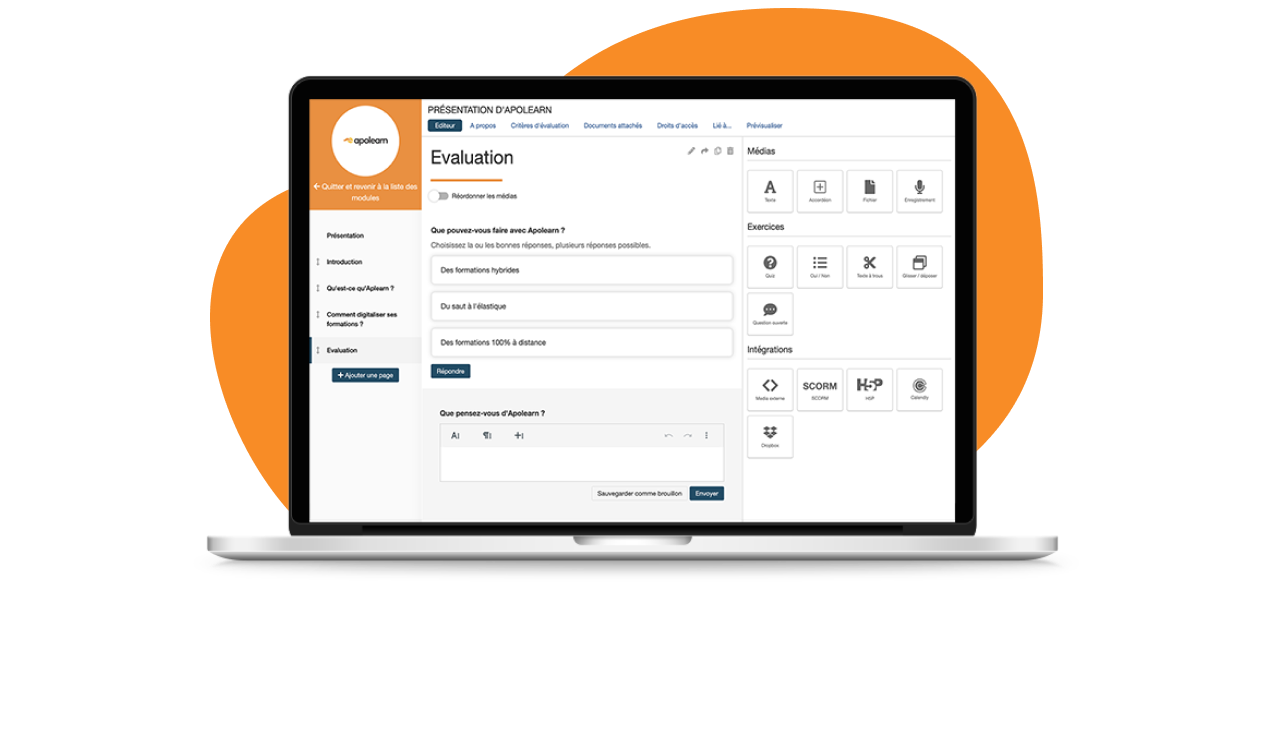
Outil auteur
Création de quiz et évaluations
import de +300 formats
Import de contenus existants
Documents collaboratifs
Outil auteur
Création de quiz et évaluations
Import de +300 formats
Import de contenus existants
Documents collaboratifs
Compatible avec les standards du e-learning
Importez vos contenus et parcours existants grâce à la compatibilité d’Apolearn avec tous les standards du digital learning : Moodle, Scorm, xAPI, LTI, HP5.
Proposez une expérience d’apprentissage remarquable
Misez sur l’interactivité et l’entraide pour engager vos apprenants
Les fonctionnalités sociales et collaboratives d’Apolearn vous permettent de développer des communautés d’apprenants.
Favorisez l’interaction, le partage et l’entraide parce qu’apprendre à distance, ce n’est pas apprendre seul. Encouragez les questions, les discussions et les échanges informels pour stimuler l’implication de vos apprenants.
Rendez vos formations et les échanges avec la communauté accessible quand vos apprenants en ont besoin avec le mobile learning.
Webinaires et classes virtuelles
Gestion d'événements
Groupes collaboratifs
Application mobile et plateforme responsive
Discussions et forums
Chat et discussions instantanées
Messagerie privée
Mentions J'aime
Webinaires et classes virtuelles
Gestion d’évènements
Groupes collaboratifs
Application mobile et plateforme responsive
Discussions et forums
Chat et discussions instantanées
Messagerie privée
Mentions J’aime
Pilotez et administrez facilement vos formations
Répondez à vos contraintes réglementaires et organisationnelles
Apolearn dispose d’un espace de gestion complet qui permet de piloter les aspects administratifs, réglementaires et qualité de vos formations.
Analysez les résultats de vos apprenants, mesurez leur engagement et évaluez la qualité de vos formations à travers leurs feedbacks.
Justifiez de l’assiduité de vos apprenants et générez automatiquement les feuilles d’émargement, attestations de formation et justificatifs exigés par les organismes financeurs.
Répondez aux exigences Qualiopi en proposant un suivi individualisé à vos apprenants.
Suivi centralisé des formations
Générateur d'attestations
Statistiques et reporting
Profil utilisateurs
Annuaire des membres
Suivi centralisé des formations
Générateur d’attestations
Statistiques et reporting
Profil utilisateurs
Annuaire des membres
+1000 centres de formations et établissements du supérieur ont digitalisé leurs formations avec Apolearn
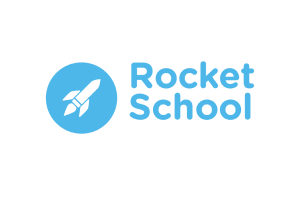

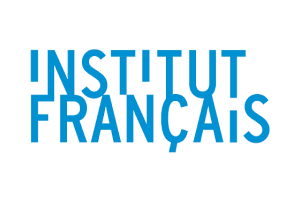

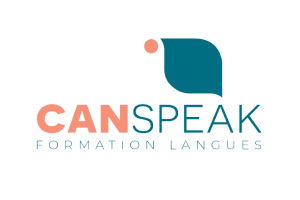





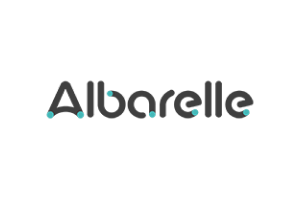




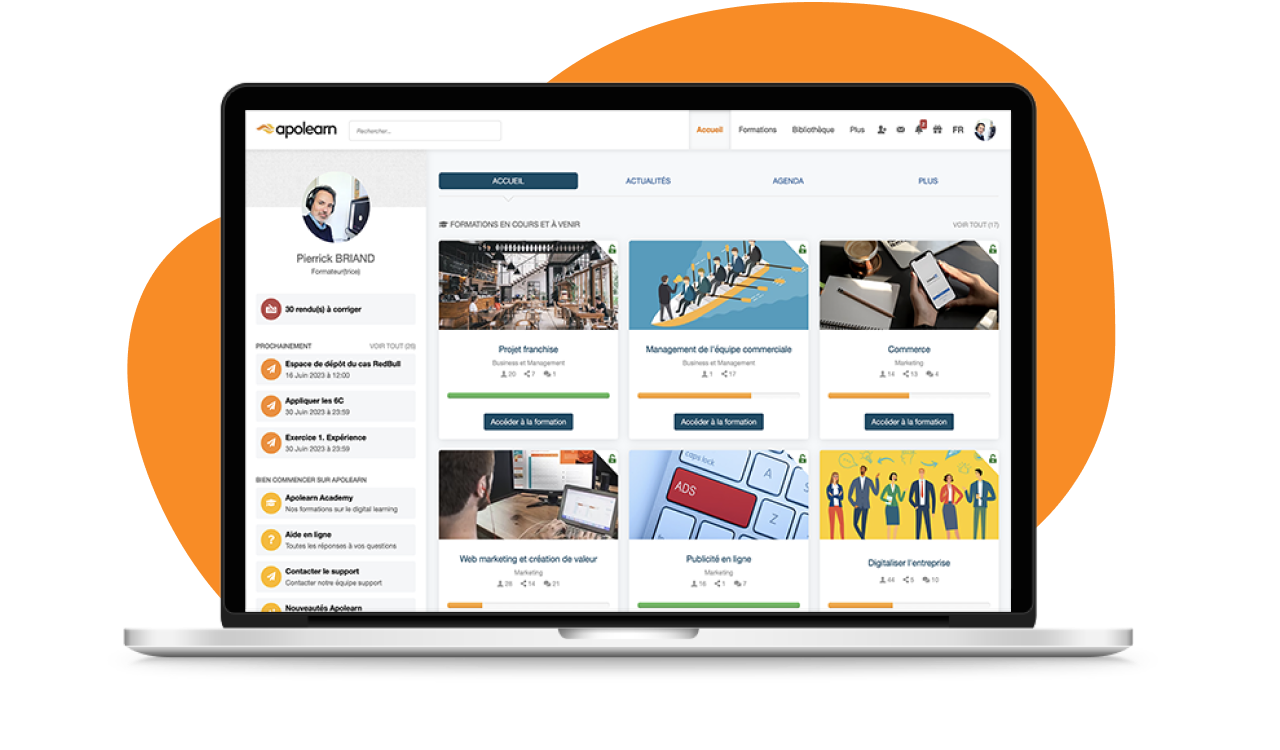
Gérez une organisation étendue et multi-site
Déployez Apolearn dans plusieurs établissements et mutualisez vos formations
Apolearn propose des options avancées pour répondre aux besoins d’une organisation complexe composée de plusieurs établissements ou différents sites.
Gestion centralisée ou autonomie complète, la plateforme s’adapte à vos contraintes organisationnelles.
Créez des environnements uniques pour chaque établissement tout en capitalisant sur la mutualisation des formations.
Création de sous-portails
Customisation graphique
Gestion des droits avancée
Création de sous-portails
Customisation graphique
Gestion des droits avancée
Connectez Apolearn à vos outils
Support client
Adopter une plateforme LMS, cela ne veut pas dire « se débrouiller »
Accompagnement personnalisé au démarrage
Chef de projet dédié
Support multicanal
Choisissez une solution conforme aux normes de sécurité européenne
Plateforme sécurisée
Confidentialité des données
API et interconnexion SSO
Questions fréquentes
Qu'est ce qu'un LMS tout en un ?
Le terme LMS, abréviation de Learning Management System, désigne un une plateforme de formation en ligne. Les plateformes LMS sont d’excellentes solutions pédagogiques car elles disposent de fonctionnalités indispensables comme la mise en place du tutorat en ligne, l’assignation de devoirs et la création de parcours pédagogiques. Elles sont dotées d’outils de suivi statistiques permettant de voir le nombre de modules suivis et le temps passé par les apprenants.
Peut-on proposer des formations certifiantes avec Apolearn ?
Quels sont les bénéfices du Social Learning ?
Le social learning est un mode d’apprentissage basé sur les interactions entre les membres d’une communauté.
Le social learning permet notamment d’obtenir davantage d’engagement de la part des apprenants, de favoriser le travail en groupe et l’entraide.
Quels sont les bénéfices de l’application mobile Apolearn ?
L’application mobile d’Apolearn permet d’offrir plus de souplesse et de liberté aux apprenants. Ils accédent à leurs modules de formation et leur communauté partout tout le temps.
Apolearn me permet-elle de répondre aux exigences de Qualiopi ?
Oui, les fonctions de statistiques de la plateforme permettent d’avoir un suivi personnalisé des apprenants et conforme aux exigences de Qualiopi.


